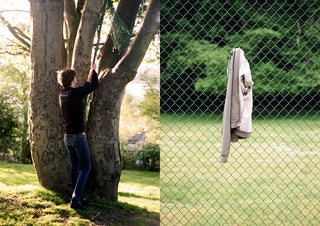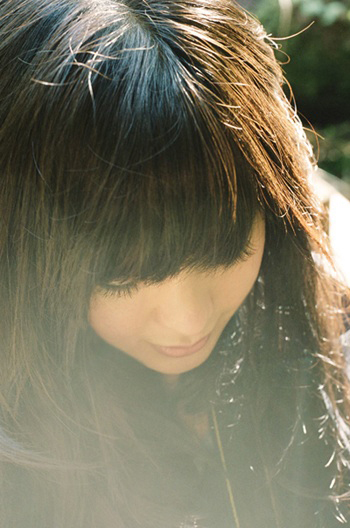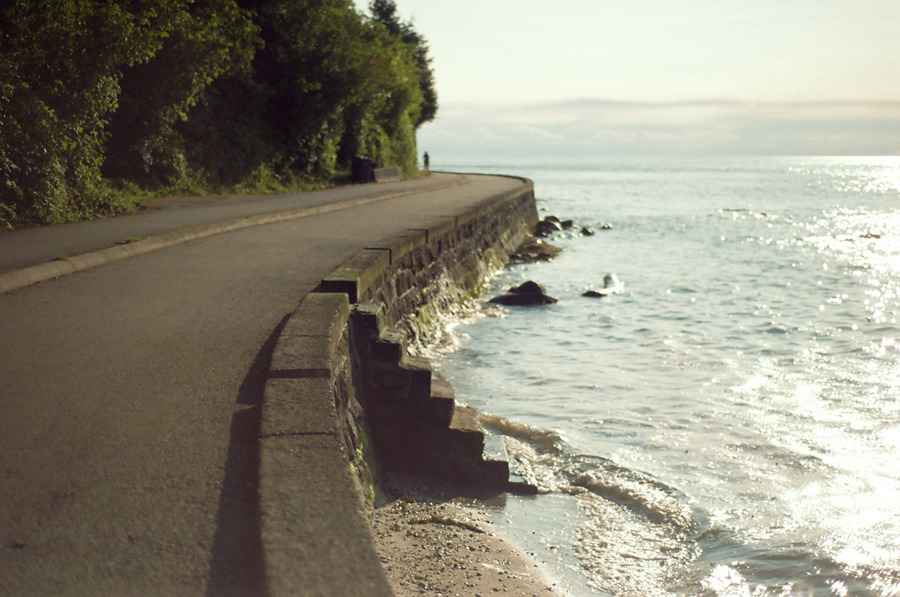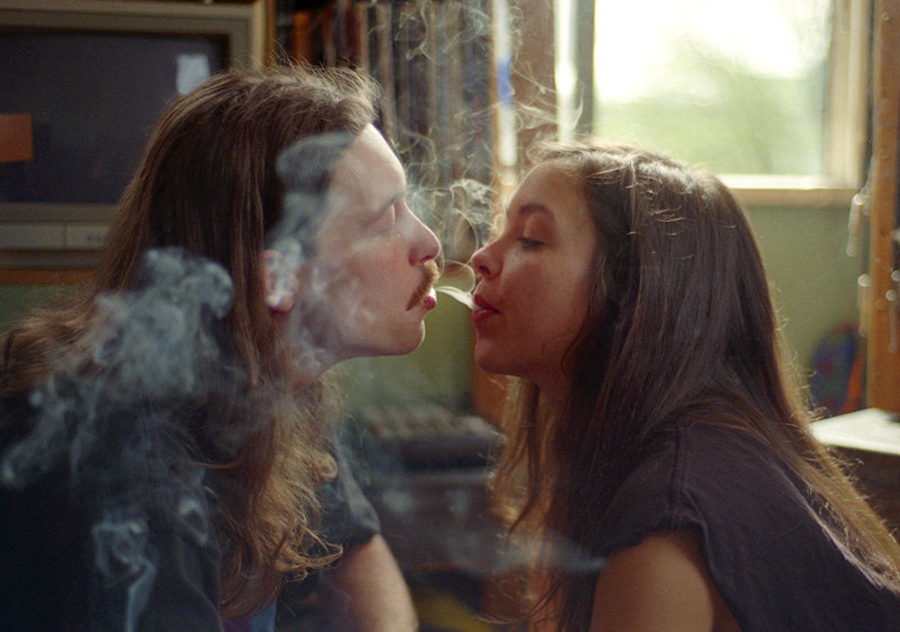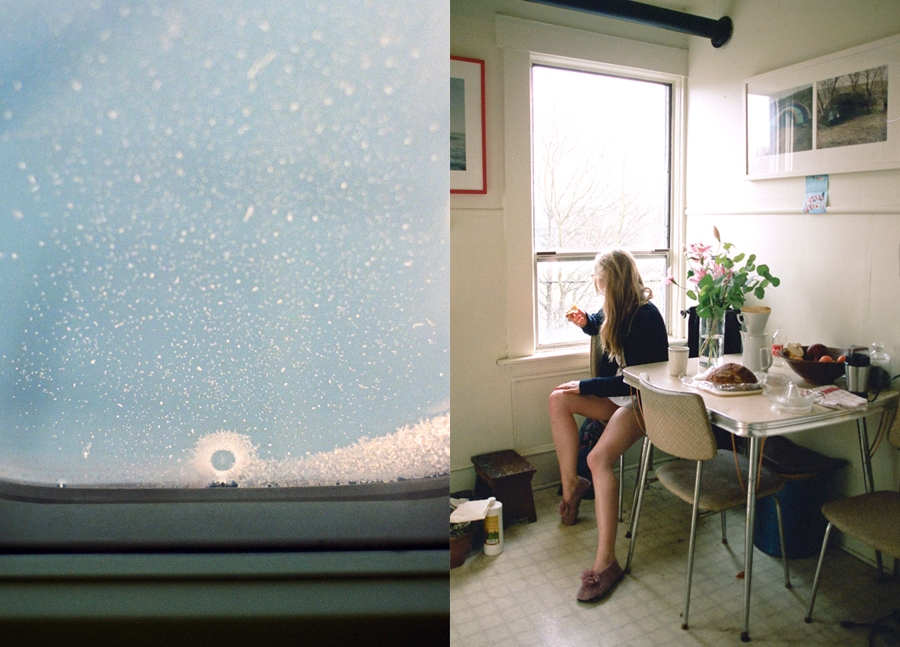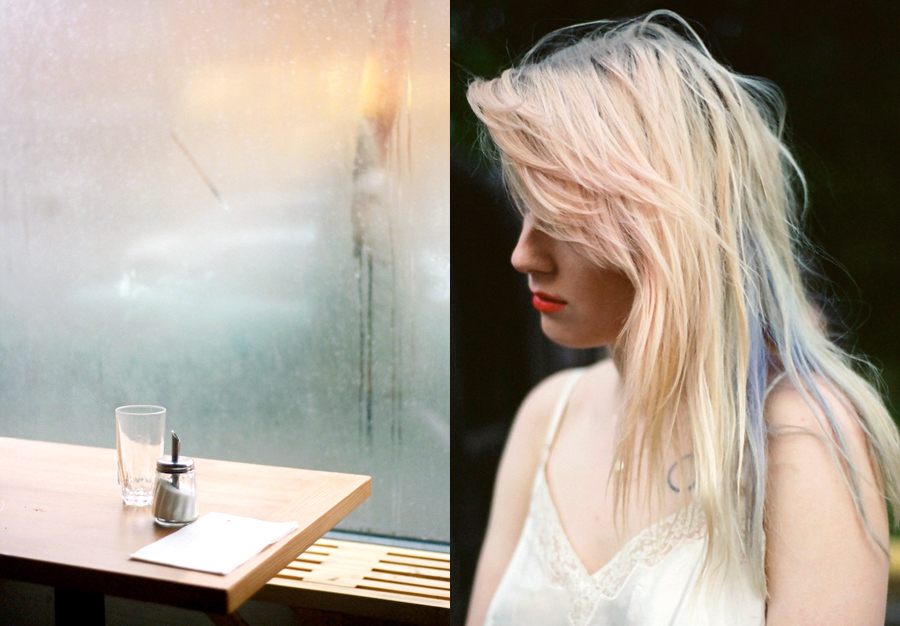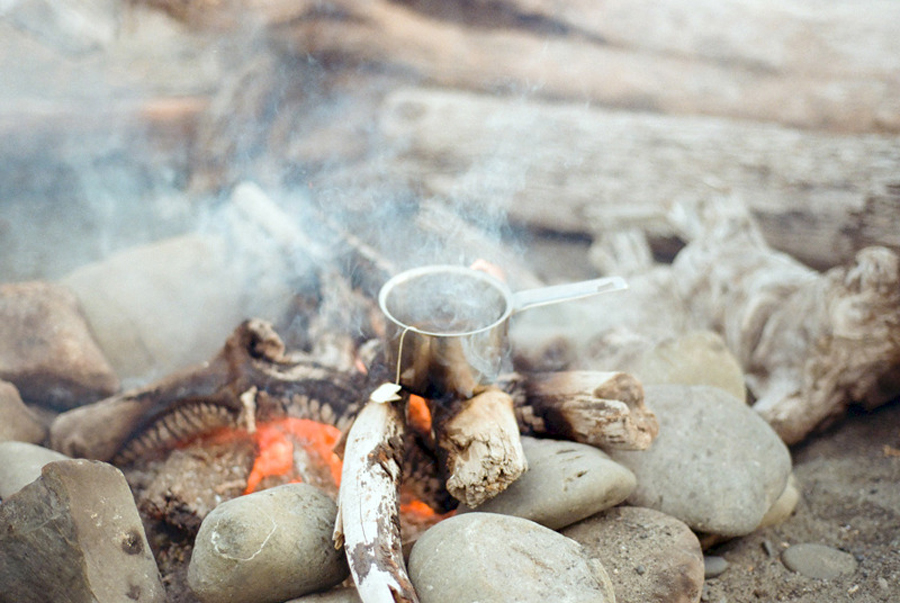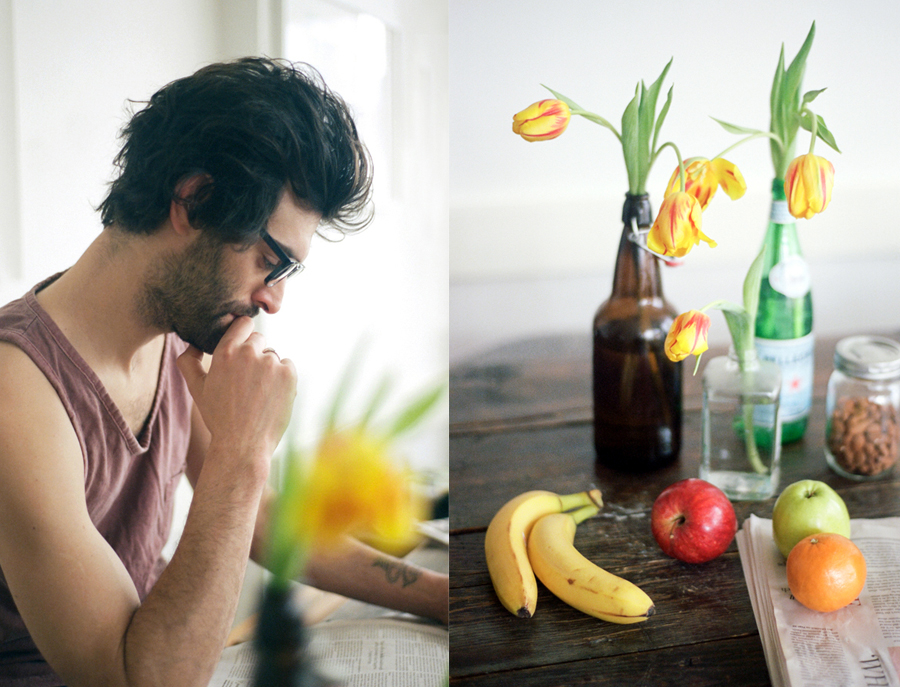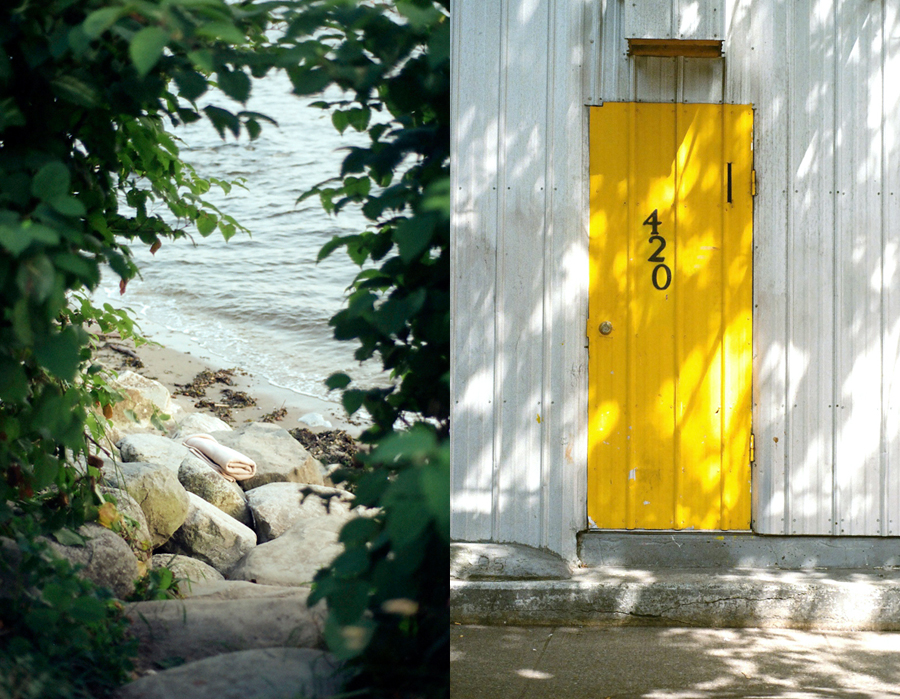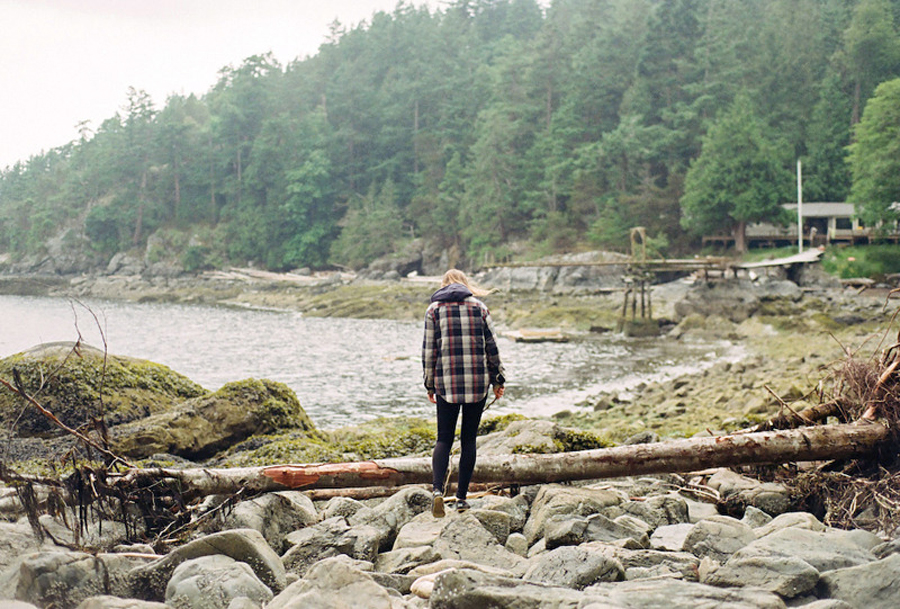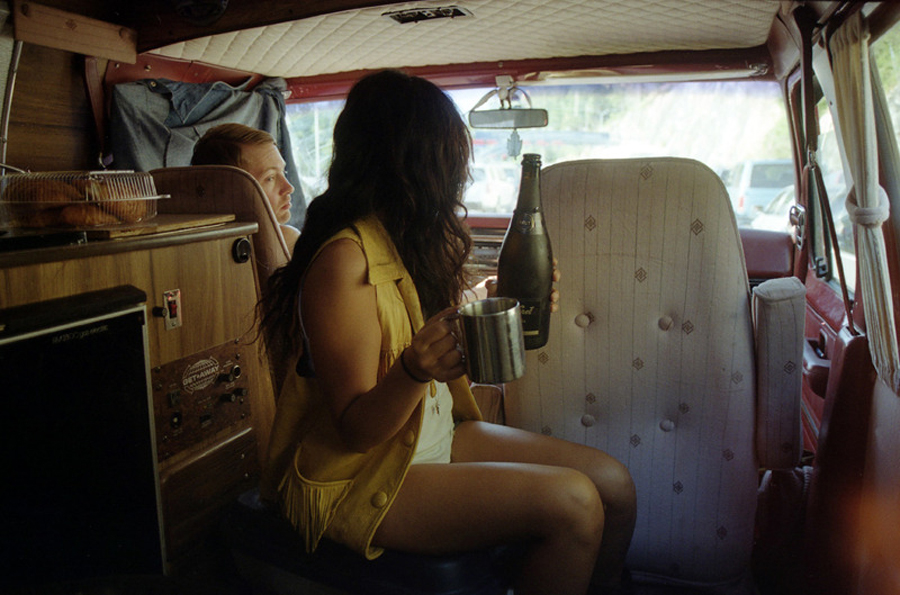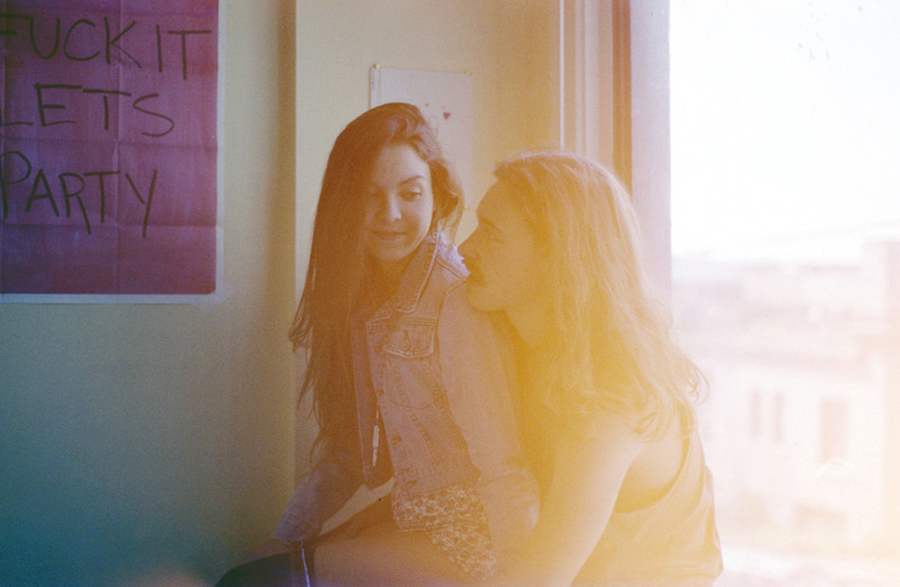If Instagram has taught us anything, it’s that anyone – and everyone – can be a photographer. And hopefully, it encourages people to be so. To have a better eye, a deeper understanding for the art, and an appreciation for the individuals who hone this craft.
Instagram has introduced me to some really amazing photographers over the past year, one of them being Jennilee Marigomen from Vancouver, Canada. I started following her, then realized I was “Liking” her images more often than not, then I checked out her online portfolio, and I found myself wanting to know more. So, naturally, I emailed her and we began this discussion, and now I get to share Jennilee Marigomen and her photography with you all.
Follow her on Instagram at jennileem and check out her work here.
Everyone’s a photographer these days. Instagram has made it increasingly so. Does it bother you that everyone has co-opted your craft, does it cheapen your work? Or does it just draw more awareness to photography and also magnify the distinctions, train everyone to have a better eye, between good and bad photography?
It doesn’t bother me at all. Photography, like everything, has evolved, and has been made available to everyone. All you can do is embrace it.
I love taking photos with my cellphone and sharing them on social media outlets. It is everyday practice. You can learn so much about people by seeing what they find interesting in their surroundings. It is nice to make connections with kindred spirits in that way.
Shooting people… You really seem to get so much out of them, so effortless and natural in their environments. But everyone is so wary of the camera these days – either shy of it or overaware… How do you capture them as they exist?
I’m have a pretty quiet and observant disposition around my friends, so a lot of the time people don’t notice me taking their photo. I like photos of people in their own moments the most, so I wait for that to happen.
It seems like you primarily shoot in film. What is the most glaring aspect of photography that gets lost in digital?
Film captures images with a more dynamic range and records a broader spectrum of colours. It does a great job at representing the richness of seeing the way your eyes see. I also think that it is natural, emotive and imperfect – where beautiful mistakes can be made.
Using film is also a slower, more meditative process, which aligns with the kind of work I want to make. It requires greater concentration and awareness.
This quote explains it well..
“..writing by hand obliges us to compose the phrase mentally before writing it down. Thanks to the resistance of pen and paper, it does make one slow down and think. Many writers, though accustomed to writing on the computer, would sometimes prefer even to impress letters on a clay tablet, just so they could think with greater calm.â€
— Umberto Eco – The Lost Art of Handwriting
I also feel a greater connection to the photos I take when I use film. I like the whole process of working with light to record an image onto emulsion.. and not having the option to erase what you’ve done. It is hard to explain. But I feel more connected to that then to megapixels and memory cards.
Do you have any other artistic outlets beyond photography?
I have always loved fashion, which I studied in college. My day job involves working in print and layout, so I work in that field as well.
A great majority of your work takes place in Vancouver. There is something really special about your city and region, I always tell people it’s my favorite place in the world. Something about the people, the nature, the air… what is it for you?
That is good to hear. I love it here too. Being near the water is important to me, and the view of the mountains are my reminder of how small I am.. I guess it keeps me humble. I am drawn to the subtleties and displacement within nature and urban environments, which is easily accessible and abundant here. I am also influenced by the subtle elements of humor in my environment. Vancouver is a place where there is an ongoing tension between urbanity and natural intervention and vice versa. It is a mix of funny, sad, and bittersweet. I feel that way when I look at my photos.
It rains a lot with many days of overcast, so when the sun does come out, you learn to take advantage of it. When the sky is clear and the sun is shining, it feels like a breath of fresh air. I guess in a way, my photography is showing an admiration to the sun, and light.
How much of the art of photography takes place in developing and post-processing?
I do a bit of colour balancing as I like my photos to be on the warm side. That is just my own personal preference.
It seems that natural light is a huge component of your photos.. how do you cope with low-light situations?
Yes, I think that natural light as a strong factor of my work. I plan ahead and make sure there is enough natural light in the environment of where I am working. Setting up near doors and windows, using a reflector, and planning for early morning or late afternoon shoots are normal for me. A tripod helps a lot. I use a flash when I need to. My equipment has always been quite minimal.
Who are your greatest inspirations, dead or alive, OUTSIDE of photography?
Some of my favorite non-photographic artists include Andy Goldsworthy, Christo and Jeanne-Claude, Brad Phillips, Alexander Calder, Lawrence Weiner, Ed Ruscha, and Peter Fischli and David Weiss.
I am also very interested in design for children – for play and educational purposes. Bruno Munari’s work, children’s books and teachings are so wonderful!
If you look at my inspiration blog, I share more of those type of things than photographs by photographers.
Questions asked by bobbyhundreds
Answers provided by Jennilee Marigomen
All photography by Jennilee Marigomen
Except Jenilee’s portrait by Seth Fluker

